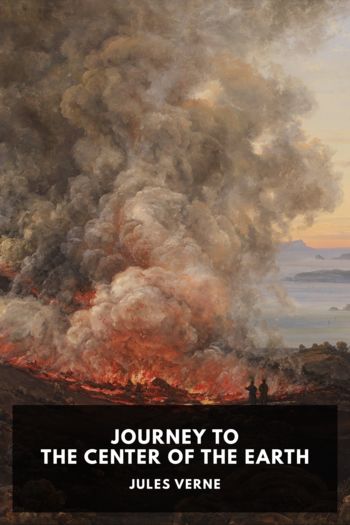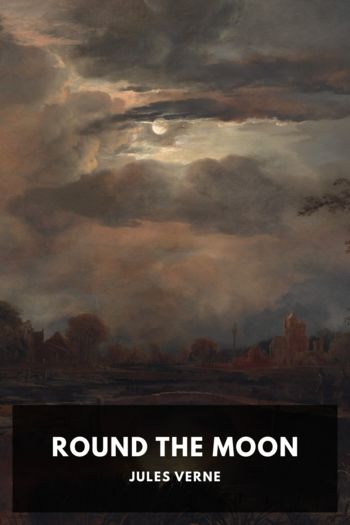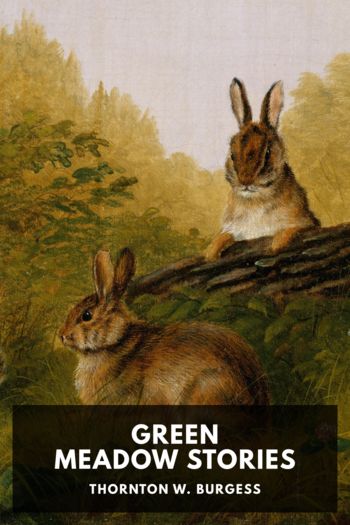Topsy-Turvy by Jules Verne (best book recommendations .txt) 📕

- Author: Jules Verne
Book online «Topsy-Turvy by Jules Verne (best book recommendations .txt) 📕». Author Jules Verne
“You will succeed, my dear,” said she at the moment of separation.
“And above all do not make a mistake,” added President Barbicane. “A mistake? He?” exclaimed Mrs. Scorbitt.
“No more than God has made a mistake in putting together this world,” modestly answered the Secretary. Then, after shaking hands all around and after several more sighs and wishes of success and suggestions not to make too severe a work of it, the calculator was left alone. The door of the Ballistic cottage was closed and Fire-Fire had orders to admit none, not even if the President of the United States should ask admission.
During his first two days of seclusion J. T. Maston thought and thought, without even touching the piece of chalk, upon the problem which he had taken on himself. He consulted certain books relative to the elements, the earth—its size, its thickness, its volume, its form, its rotation upon its axis—all elements which he had to use as the basis of his calculations.
The principles of these elements which he used, and which we put before the reader, were as follows:
Form of the earth: An ellipsis of revolution the longest radius of which is 6,377,398 meters; the shortest, 6,356,080 meters. The circumference of the earth at the equator, 40,000 kilometres. Surface of the earth, approximate estimate, 510,000,000 of square kilometers. Bulk of the earth, about 1,000 millards of cubic kilometres; that is, a cube having a metre in length, height, and thickness. Density of the earth, about five times that of the water. Time of the earth on the orbit around the sun, 365 days, 6 hours, 9 minutes, 10 seconds, 37 centimes. This gives the globe a speed of 30,400 miles travelled over by the rotation of the earth upon its axis. For a point of its surface situated at the equator, 463 meters per second. These were the principal measures of space, time, bulk, etc., which Mr. Maston used in his calculations.
It was the 5th of October, about 5 o’clock in the afternoon, it is important to mention, when this remarkable work was begun, when J. T. Maston began to work upon it. He began his calculation with a diagram representing the circumference of the earth around one of its grand circles, say the equator. The blackboard was there, in a corner of his study, upon a polished oak easel, with good light shining on it, coming by one of the windows near by. Small pieces of chalk were on the board attached to the stand. The sponge was near the hand of the calculator. His right hand, or rather his right hook, was all ready for the placing of figures which he was going to use. Standing up, Mr. Maston made a large round circle, which represented the world. The equator he marked by a straight line. Then in the right corner of the blackboard he began to put the figures which represented the circumference of the earth:
40,000,000.
This done, he began figuring on his problem. He was so much occupied by it that he had not observed the weather without. For an hour a storm had raved through the country which affected all living beings. It was a terrific storm, the rain was falling in torrents, everything seemed turned upside down in nature. Two or three times lightning had illuminated the scene around him. But the mathematician, more and more absorbed





Comments (0)